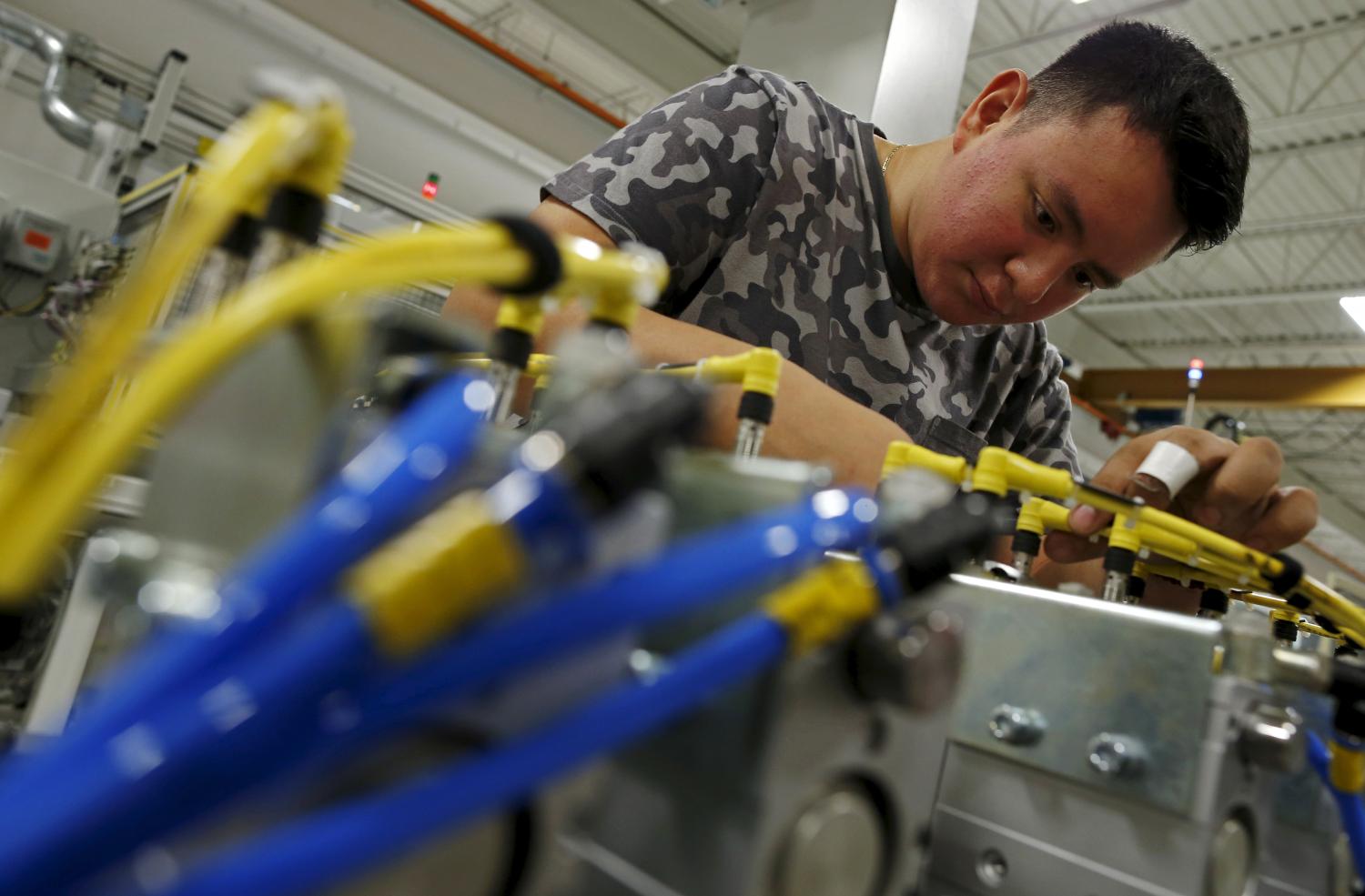Building stronger links between educational institutions and employers is an important step towards improving education, raising the skills of the U.S. workforce, and expanding opportunity. The question is: how?
Earlier this month, we convened an expert group of policy makers, practitioners and scholars to address this question. Over the next few weeks, we will share insights gained from the session, by publishing Q&A’s with thought leaders on this topic.
First up, Kate Blosveren Kreamer. Kate is the Associate Executive Director of the National Association of State Directors of Career Technical Education Consortium (NASDCTEc). Yes, she does manage to fit that on a business card.
Q: Kate, in the meeting you said if we wait to talk about workforce development until postsecondary education, we’re already too late. Can you talk more about that?
A: There is no question that too few students have a chance to explore careers before leaving high school, which is a missed opportunity in multiple ways. It means too many students—from those enrolling directly in four-year institutions, as well as those in less traditional routes—are unaware of the best career opportunities available in their region and are making uninformed choices. There’s a reason that the average age of GED test takers is 26 and community college students is 29; many of these individuals left high school and entered a job that failed to offer advancement, requiring them to make a mid-course adjustment.
Or, to put it another way, imagine a world where all students had a chance to learn about various industries and careers by engaging with employers, participating in work-based learning experiences or applying academic knowledge in those career contexts. Not only would this allow more students to find their paths earlier, but it would also enable students to decide what they don’t want to do before spending their money or loans on the wrong college major, or skipping the necessary postsecondary education and training all together. We might have fewer pre-med students, but we would also likely have lower student debt.
Q: Employers have historically engaged in education partnerships from a philanthropic angle—but should corporations in fact see them as part of their business model?
A: It is absolutely viable—and critical if we are to close the skills gap and ensure our education system is preparing individuals for high-wage, high-skill careers.
While there are limitations in making international comparisons, what makes the Swiss or German apprenticeship models so successful is that their employers truly have co-ownership in their CTE systems because they understand the value of investing time and resources as a way of ensuring their talent pool and bottom line. This is a paradigm shift from how many U.S. companies view the education system—both at K-12 and postsecondary levels—although models are emerging in communities such as Nashville, Tennessee and Charlotte, North Carolina where employers are engaging in meaningful ways to inform program design and ensure program effectiveness at the institution and system level. It’s critical we lift up these models to other employers so they can see engagement that goes well beyond philanthropy to an investment in their future success.
The Brookings Institution is committed to quality, independence, and impact.
We are supported by a diverse array of funders. In line with our values and policies, each Brookings publication represents the sole views of its author(s).





Commentary
The case for stronger bridges from school to work: A Q&A with Kate Blosveren Kreamer
August 20, 2015